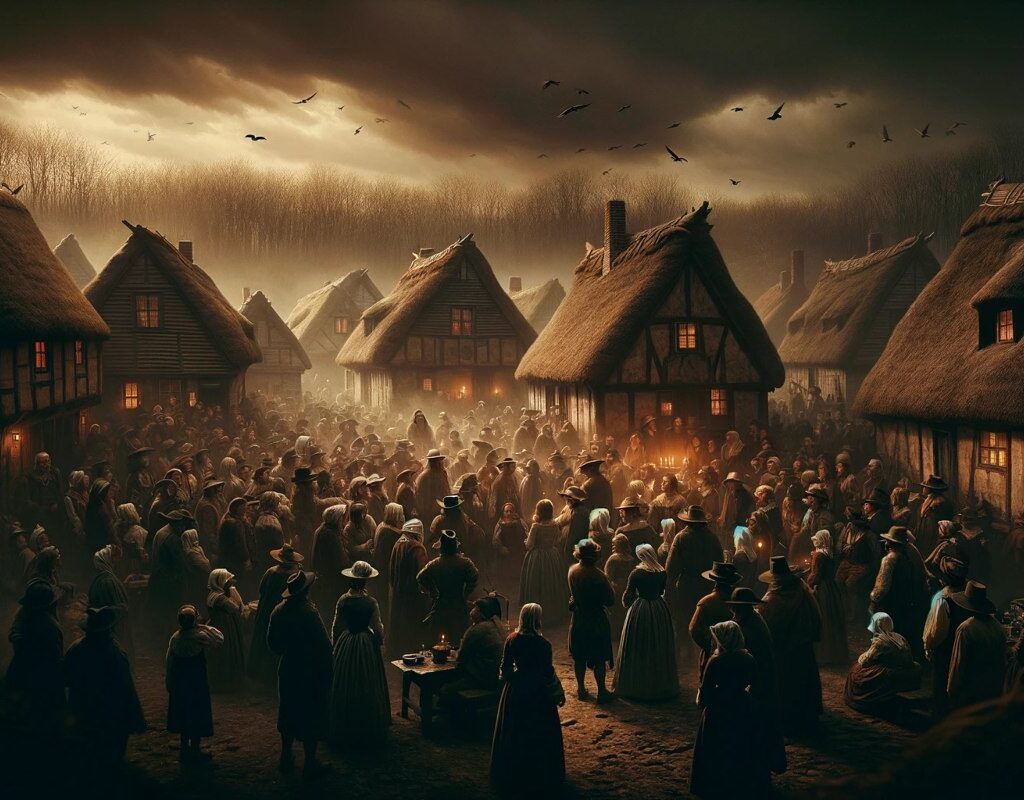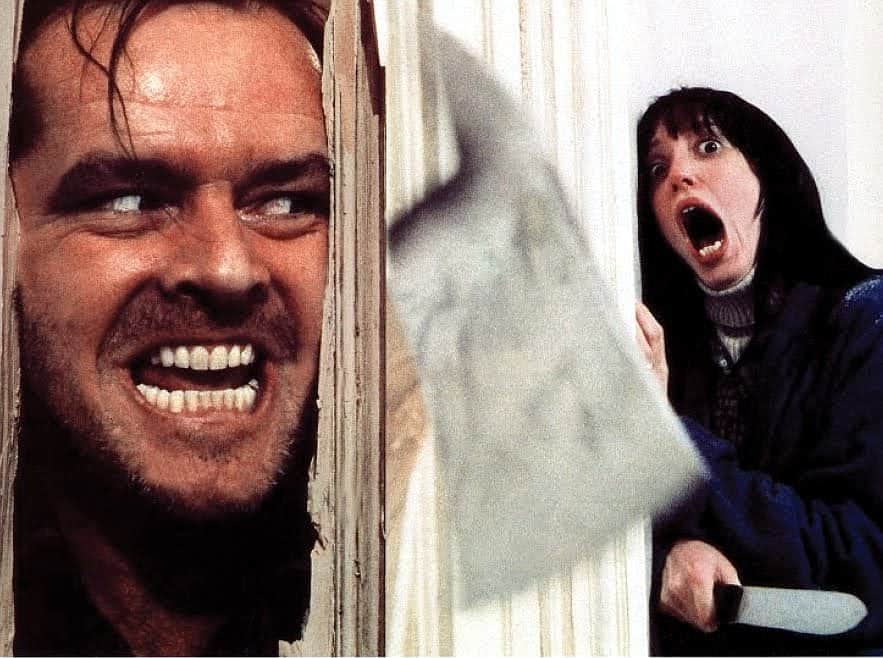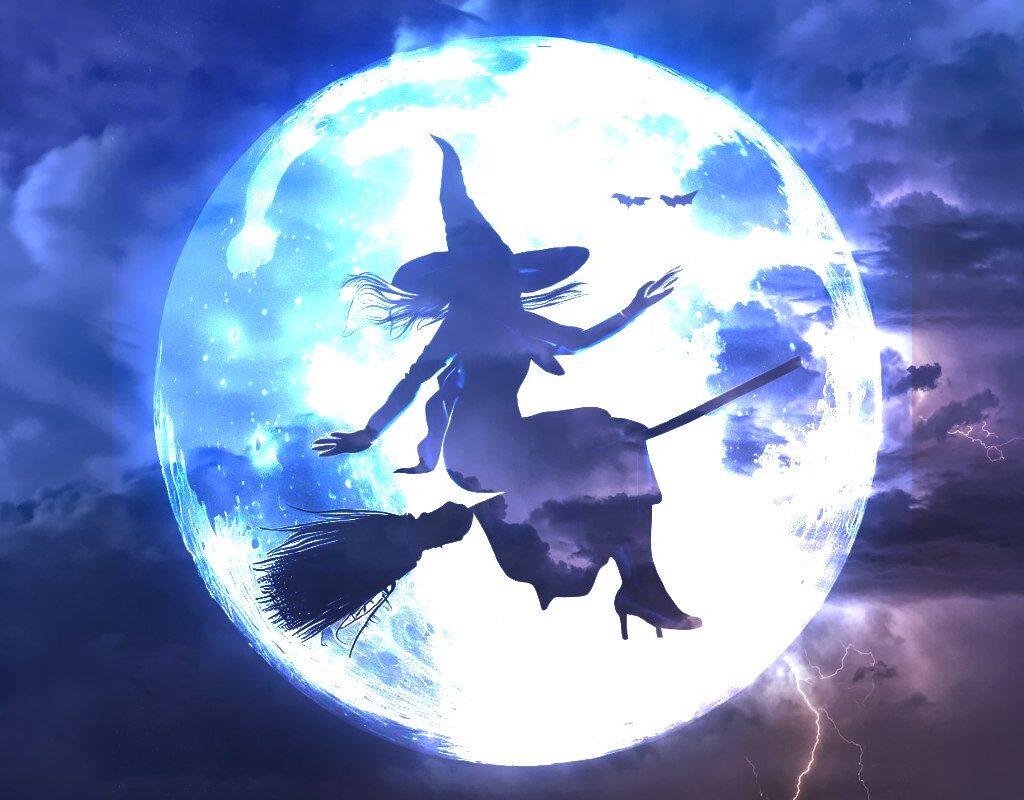At the dawn of American history, the image of the witch was intertwined with deep-seated fears and beliefs. In 17th-century New England, Puritans perceived the world as a battleground between good and evil, leading to a series of tragic and intriguing events in the history of witch hunts.
Shadows of Salem: The Genesis of Witch Hunts in New England
The narrative of witch hunts in America begins in New England.
Throughout the 17th century, this area was inhabited by Puritans, a religious group with a firm belief in the supernatural realm. They viewed their lives as a constant struggle between good and evil, with the devil as a real and present threat. In this atmosphere of fear and religious fervor, witchcraft was seen not just as a sin but as a crime punishable by death.
The Connecticut colony was a pioneer in codifying this belief into law. In 1642, it established its first legal code, including witchcraft as a capital offense. This legislation marked the beginning of an era of persecution and executions, predominantly targeting women.
One of the most notorious cases was that of Mrs. Knapp from Fairfield, accused in 1653 of possessing ‘witch’s teats,’ considered signs of the devil. Despite her attempts to prove her innocence, she was executed, casting a shadow of fear and paranoia over the community.
Between 1647 and 1663, approximately a dozen people were executed in Connecticut, accused of witchcraft. These cases often resulted from baseless accusations and dubious evidence.
The 1662 Hartford episode, where nine individuals were charged and four hanged, underscores the ease with which someone could be accused of witchcraft and the severity of the consequences.
These events, though belonging to a distant past, echo in the present.
They remind us of the importance of questioning irrational beliefs and protecting individuals from injustice based on fear and superstition. The history of these witch hunts serves as a potent reminder of the dangers of fanaticism and intolerance.
Echoes of Accusations: Emblematic Cases and Social Impact
Among the most emblematic cases of witch hunts in New England stands the story of Elizabeth Kelly. At eight years old, Elizabeth accused Mrs. Ayers of witchcraft after experiencing abdominal pains and spasms.
This incident, which did not result in Ayers’s execution, highlights how even the most unfounded accusations could have devastating consequences. Unlike other cases in Salem, where accusations were more arbitrary, Elizabeth’s death added tragic weight to the matter.
Fortunately for Ayers, the lack of concrete evidence against her allowed her to regain her freedom, though she chose to flee far from Connecticut.
Another significant case was that of Anne Cole, who claimed to be tortured through magic. Her testimony led to the charging of several people, including Rebecca Greensmith. Unlike her husband, Rebecca confessed to having sexual encounters with Satan and participating in witchcraft rituals.
This confession, likely coerced under pressure and fear, resulted in the couple’s execution in 1663. Interestingly, the other accused in Cole’s case managed to avoid a similar fate, fleeing to places like Rhode Island, where Puritan laws had less influence.
These cases not only reflect the ease with which witchcraft accusations could alter and destroy lives but also how fear and superstition were intertwined with justice.
[The Water Trial: A Method to Determine Guilt
This involved binding the accused and throwing her into the water; if she floated, she was deemed guilty. Such trials, based on superstitions rather than evidence, highlight the susceptibility of justice to fear and ignorance.
These stories reveal a crucial aspect of human history: the tendency to seek scapegoats in times of crisis and confusion. The witchcraft accusations in New England exemplify how fear can distort reality perception and lead to acts of injustice.
Moreover, they teach us about the importance of evidence-based and rational justice, fundamental elements in a society striving for fairness and equity.
From Myth to Reality: The Evolution of the Concept of Witchcraft
The witch hunts in New England offer valuable lessons that remain relevant even today.
These events were steeped in fear and superstition, reflecting a time when witchcraft was considered dangerous both spiritually and as a social crime.
Over time, as reason and knowledge progressed, the perception of witchcraft and the supernatural changed. By 1750, when it ceased to be a crime in Connecticut, there was a significant shift in addressing the unknown and feared. This change was gradual, the result of a process of understanding and enlightenment.
Judicial practices became more rational and evidence-based. Thus, unfounded fears and superstitions began to lose their grip, marking the dawn of a more enlightened era.
The legacy of these hunts is not confined to the past. Instead, it acts as a mirror to our current insecurities and prejudices. It invites us to question our beliefs and advocate for justice and equity. Furthermore, it shows society’s vulnerability to fear and how reason must prevail over superstition.
These historical events, though distant in time, remain relevant. They continue to influence current debates on tolerance, justice, and acceptance of the different. Therefore, understanding the witch hunts in New England is key not only to comprehending our past but also our present and future.




